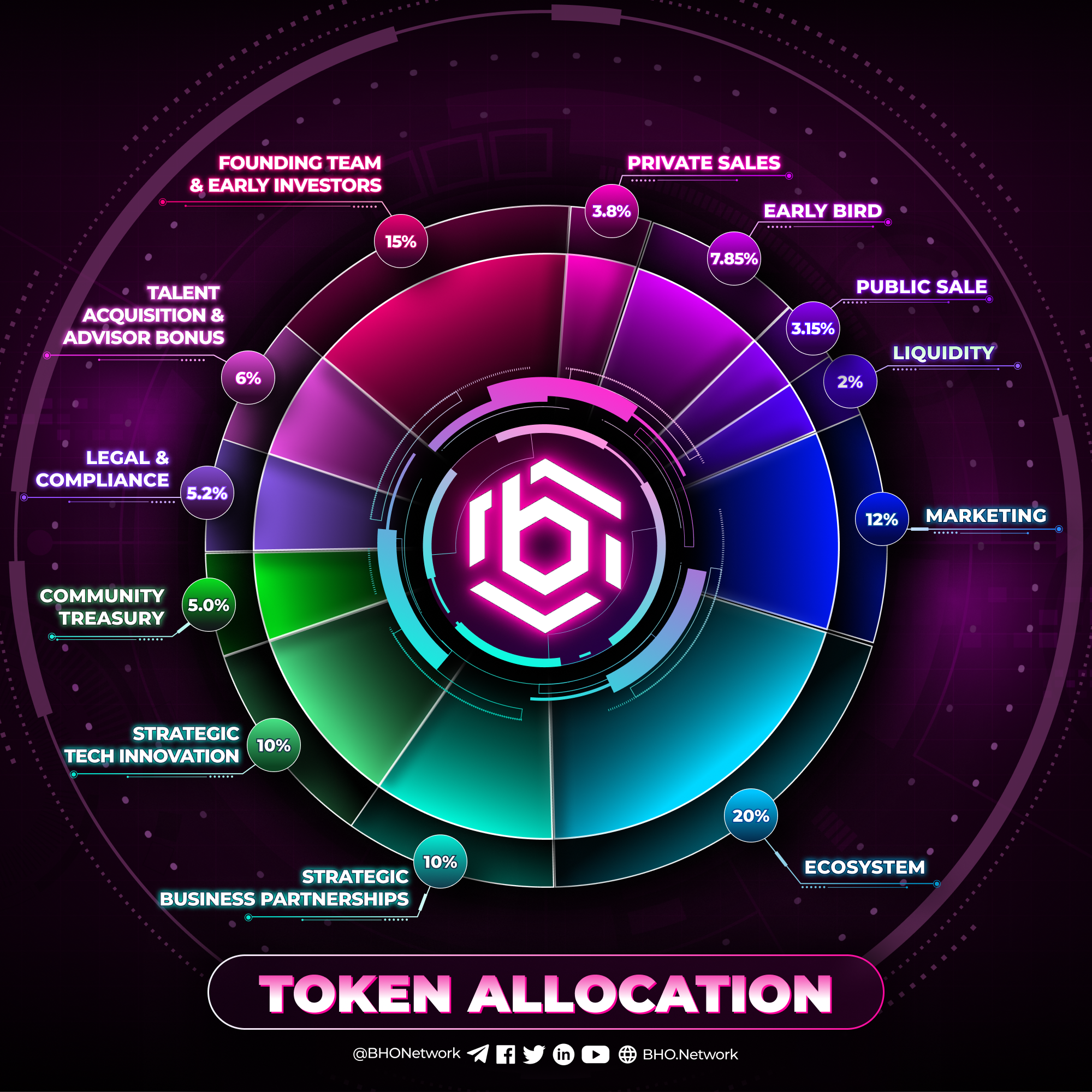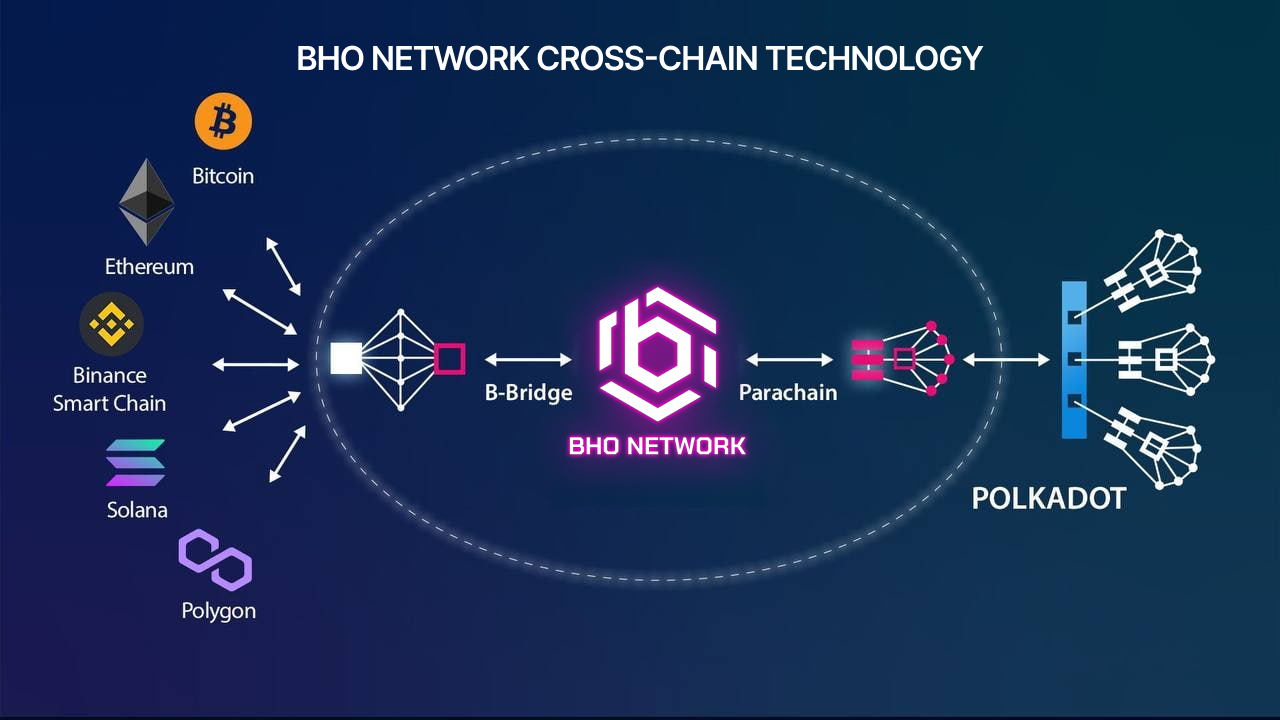RISKS AND LIMITATIONS ASSOCIATED WITH LIQUID STAKING TOKEN
Liquid Staking is a new solution and is of interest to many people in the cryptocurrency community. It combines the benefits of staking, including earning rewards, while still providing flexibility for users and the blockchain network, which helps maintain liquidity.
However, like any other financial instrument, Liquid Staking also has its own risks and limitations.
Liquid Staking concept
When talking about Liquid Staking, we are looking at two different methods. First, traditional staking requires locking assets in the network to participate in the consensus mechanism and receive rewards. However, these assets are often illiquid and cannot be accessed or traded until the staking term ends.
The second method, Liquid Staking, is the opposite, introducing a tradable representation of the staked asset. These assets often exist in the form of tokens - called Liquid Staking Tokens. These LSTs allow users to enjoy the benefits of staking while retaining the ability to trade and use in DeFi or transfer assets to other users.
Smart contract vulnerabilities
The main risk of Liquid Staking Tokens is related to the dependence on smart contracts, which are the basis of the creation and management of these tokens. Any vulnerabilities or errors in these contracts can lead to loss of assets and exploitation by entities with malicious intentions.
To minimize this risk, users need to conduct thorough research and choose Liquid Staking platforms and projects carefully. Choosing smart contracts that are tested and reputable is extremely important to protect their assets.
Network Security
Network security is an important factor when participating in Liquid Staking, especially when it comes to proof-of-stake (PoS) networks. Although PoS is known for its energy efficiency and security, there is still a risk of attacks.
A successful attack on the PoS network can result in the loss of staked assets, including liquid staking tokens. To mitigate this risk, choosing PoS networks with updated security features is important. Additionally, maintaining a track record and considering diversifying staked tokens across multiple networks can help mitigate centralization risk.
Market Volatility
Market fluctuations can affect the value of liquid staking tokens significantly. These tokens are susceptible to market volatility, which can result in profits or losses independent of staking rewards. This can create a difficult environment for those seeking balance and price stability.
To deal with market volatility, users need to be willing to take risks and carefully manage their portfolios. Diversifying assets and setting stop-loss orders can help minimize the risks associated with market volatility and sudden fluctuations.
Uncertainty in regulation
Regulatory and regulatory uncertainty is a challenge for the cryptocurrency industry as regulatory frameworks are evolving around the world. Liquid staking tokens may face scrutiny from regulators, which could impact their availability and use in certain territories. Changes in regulations could create uncertainty for users and platforms.
To counter this, it is necessary to stay informed about cryptocurrency regulations in specific regions and consider platforms and tokens that prioritize regulatory compliance and transparency. This helps users and platforms ensure legal compliance and minimize risks associated with regulatory fluctuations.
Slashing Risk
Slashing risk is an important issue in proof-of-stake (PoS) networks, as validators can lose a portion of their staked assets if they take malicious actions. malicious or does not meet network requirements. This may cause losses to users staking their assets.
To minimize this risk, it is important to prioritize validators with a history of trust and strong security. Some PoS networks offer insurance mechanisms to protect against slashing risks. Additionally, there are reputable organizations that offer crypto escrow insurance against staking, such as Munich Re and Boerse, with fully secured staking solutions. This gives users more peace of mind when participating in staking assets in PoS networks.
To choose a trustworthy Liquid Staking platform, you need to consider factors such as security measures, reputation, smart contract audit history, user community, and feedback from the community. Conducting thorough research before pawning your property is important.
In short, Liquid Staking Token offers an attractive combination of staking rewards and liquidity. Therefore, it is important for participants to be aware of the risks and limitations involved. Risks such as smart contract vulnerabilities, market volatility, regulatory uncertainty, and potential slashing risks highlight the need to perform careful research when engaging with innovative aspect of the cryptocurrency ecosystem. Keeping a balance between the potential benefits and risks is critical to participating in Liquid Staking smartly and responsibly.
Published on February 25, 2024






